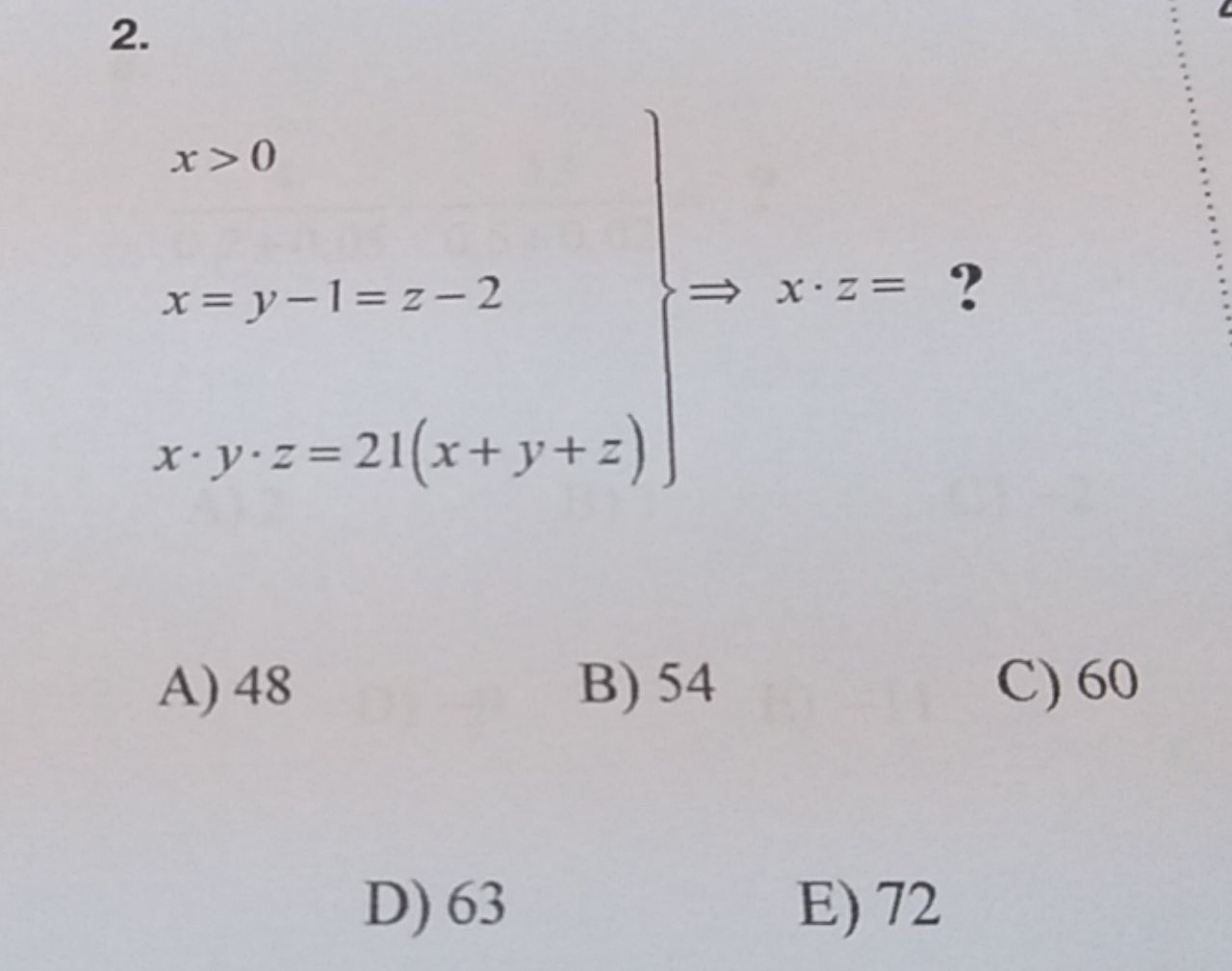
AllQuestion and Answers: Page 1249
Question Number 90379 Answers: 0 Comments: 2

Question Number 90440 Answers: 0 Comments: 3

Question Number 90362 Answers: 0 Comments: 7

Question Number 90360 Answers: 1 Comments: 1

Question Number 90359 Answers: 0 Comments: 1
$$\int\frac{\mathrm{1}}{\mathrm{sin}^{\mathrm{2}} \left({x}\right)} \\ $$
Question Number 90358 Answers: 0 Comments: 0

Question Number 90357 Answers: 0 Comments: 0
$$\int\:\frac{{x}.\mathrm{2}^{{x}} }{\sqrt{\mathrm{1}−{x}^{\mathrm{2}} }}\:{dx}\:=\:? \\ $$
Question Number 90356 Answers: 0 Comments: 0

Question Number 90350 Answers: 1 Comments: 0
Question Number 90347 Answers: 2 Comments: 5

Question Number 90341 Answers: 0 Comments: 0
Question Number 90331 Answers: 1 Comments: 1

Question Number 90330 Answers: 0 Comments: 1

Question Number 90327 Answers: 0 Comments: 1

Question Number 90326 Answers: 1 Comments: 1

Question Number 90321 Answers: 2 Comments: 2
Question Number 90318 Answers: 0 Comments: 0
Question Number 90316 Answers: 1 Comments: 2
Question Number 90307 Answers: 1 Comments: 0
Question Number 90306 Answers: 2 Comments: 2
Question Number 90308 Answers: 1 Comments: 1
Question Number 90301 Answers: 0 Comments: 1
Question Number 90299 Answers: 0 Comments: 0
Question Number 90292 Answers: 0 Comments: 1
Question Number 90291 Answers: 0 Comments: 2
Question Number 90287 Answers: 1 Comments: 0
Pg 1244 Pg 1245 Pg 1246 Pg 1247 Pg 1248 Pg 1249 Pg 1250 Pg 1251 Pg 1252 Pg 1253
